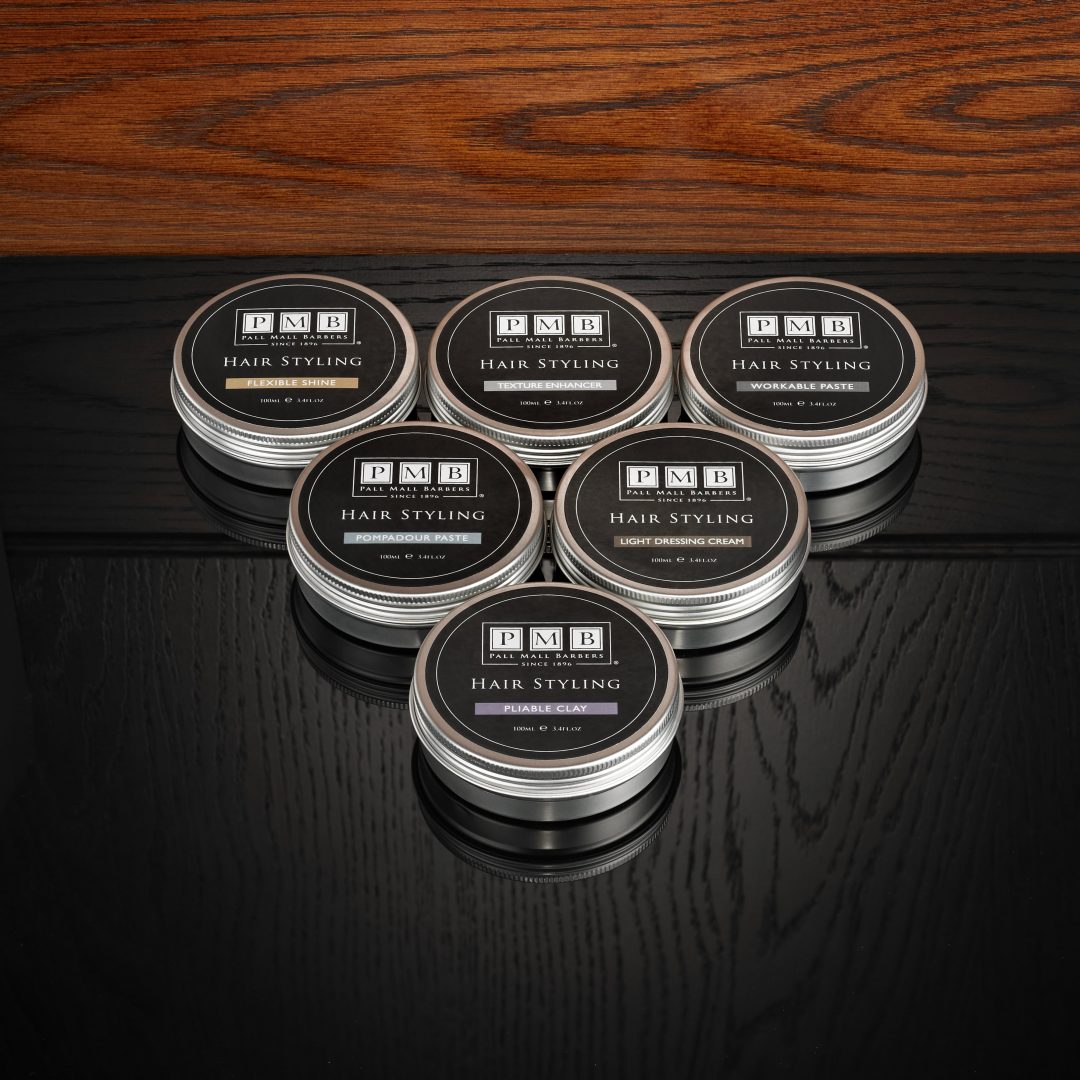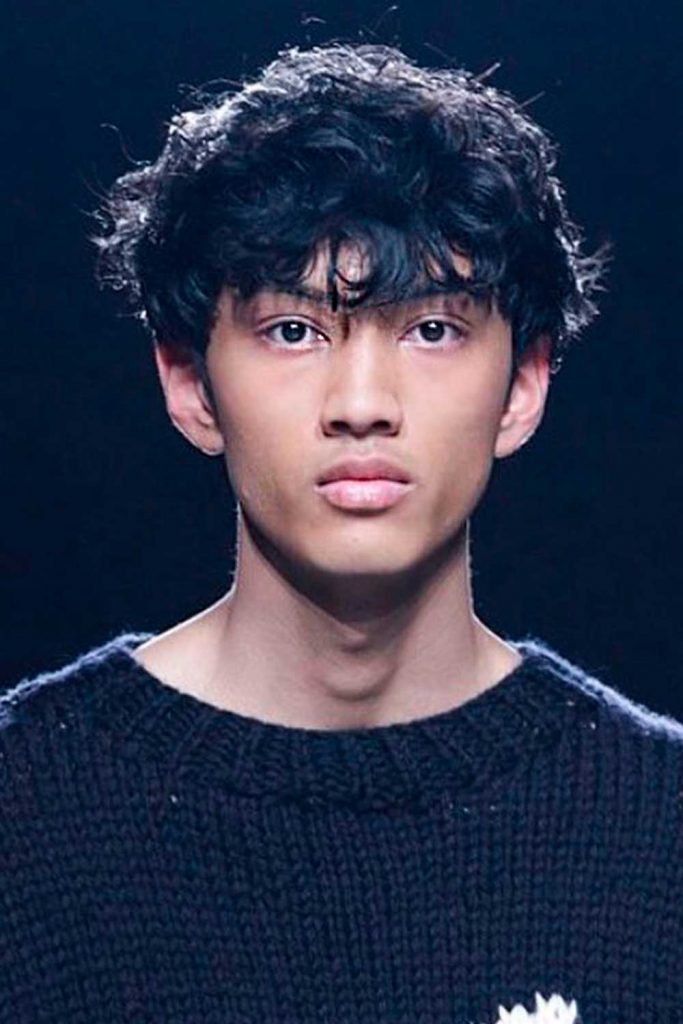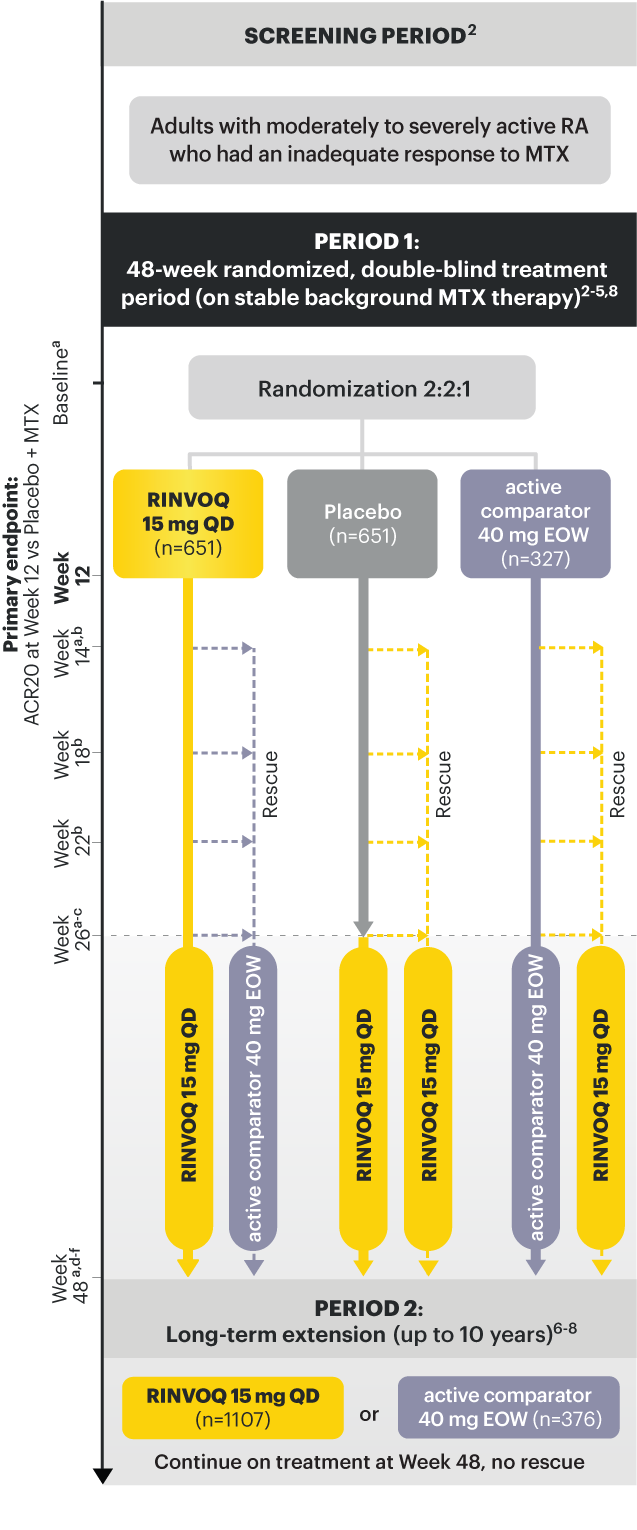Table Of Content

Coloring or bleaching could damage new hair as well as irritate a scalp that is still sensitive from breast cancer treatment. Many women who are newly diagnosed with breast cancer share that hair loss is the treatment side effect they fear most. Hair, and the way we style it plays an important role in our identity. The fast-growing cells in the body may be the cancer cells and that’s why we use chemotherapy to damage those fast-growing cells.
After chemotherapy
Around 65% of people who receive chemotherapy experience hair loss. A person should talk with a doctor about the side effects of any given drug or treatment. Doctors can help people understand what to expect from the treatment, including whether their hair may fall out and how long it can take to grow back. They may also provide specific recommendations for caring for the hair or helping it grow back after treatment. As a person completes chemotherapy treatment, they may notice changes to their hair for some time. One such change, known as “chemo curls,” causes hair to regrow curly after chemotherapy treatment.
7 tips on wigs for chemotherapy patients - The Washington Post - The Washington Post
7 tips on wigs for chemotherapy patients - The Washington Post.
Posted: Mon, 13 Jun 2022 07:00:00 GMT [source]
How long does it take to lose your hair during chemotherapy?
I started taking the Biotin supplements the day my chemo ended (with my doctor's approval)/ I was so amazed by the results. My hair grew like weeds and within 1 month my hair looks like the photo below. Talk with your doctor if you’re concerned about post-chemo hair loss or any other side effects of your treatment. All cells go through many different processes as they grow. Chemotherapy drugs damage cells when they divide to form new cells.
Explore ways to talk to our nurses
Applying extra chemicals like minoxidil to your body may make you feel even more uncomfortable while your hair is growing back. Not all chemotherapy drugs have hair loss as a possible side effect. Check with your care team to find out if it’s a potential side effect for the drugs you’ll be taking.
You might decide to try a short haircut, look into using scalp cooling caps, or start the process of choosing a wig. A person may be able to reduce their risk of hair loss during chemotherapy by wearing a cooling cap on their head during chemo. A cooling cap helps cool the scalp, helping reduce blood flow to the area. This can help limit the amount of chemotherapy drugs that reach the scalp.
Over time, the hair should settle into a more regular growth pattern. However, its texture might be different than it was before the treatment. Some hair follicles may enter the active growth period before others. When this happens, the length of hairs can vary, which may make the hair look patchy overall. After chemotherapy, the hair initially grows as thin fuzz. For the first six months after therapy, you may want to hold off on undergoing chemical processes like perming and dyeing.
'I'll Wear It Like A Badge Of Honor': TV Star Clea Shearer, 41, Faces Comments As Hair Grows Back After Battling ... - SurvivorNet
'I'll Wear It Like A Badge Of Honor': TV Star Clea Shearer, 41, Faces Comments As Hair Grows Back After Battling ....
Posted: Wed, 28 Jun 2023 07:00:00 GMT [source]
It is important to carry out strand and skin sensitivity tests to make sure products will not cause any damage or allergic reaction. Tell your hairdresser or barber that you have had cancer treatment. Cooling caps may help prevent hair loss due to chemotherapy. A person can speak with a doctor to discuss if a cooling cap could help them. Chemotherapy drugs can cause side effects, such as hair loss. This not only affects the hair on a person’s head but also the hair on their body.
What to know about chemotherapy and hair loss
There is limited evidence that using a drug called minoxidil may help when applied to the scalp. The Macmillan Support Line offers confidential support to people living with cancer and their loved ones. Hair extensions can make your hair look thicker and longer. However, they can cause damage, even to healthy hair, so are not suitable for weak or thin hair. Your hair will usually need to be about 2.5cm (1in) long before you can use any chemicals on it.
Why will I lose my hair during cancer treatment?
In my experience, my chemo curls appeared at around 6 months and then faded at about 10 months. Do share side effects of your chemotherapy treatment with your doctor or oncologist during and after your chemo treatment. You may be wondering if your hair is going to fall out after chemo, and if so, how long it will take for it to grow back.
However, a 2017 literature review found the rate of cancer recurrence in the scalp was low among breast cancer survivors. In most cases, hair loss begins within 1 to 4 weeks of starting chemotherapy, according to the Memorial Sloan Kettering Cancer Center. The degree of hair loss can vary, depending on the type and dose of chemotherapy medication you receive. If you have permanent hair loss in one area of your head, it may be possible to have a hair transplant. More research into the benefits of cooling caps is necessary.

The color might be a shade darker or lighter than your original head of hair. Research from 2017 states that hair usually starts growing back about 3–6 months after chemotherapy. At first, the hair may be very fine or have other changes in texture or color. Doctors do not know how chemotherapy will affect any individual. Changes to the hair, such as the growth of chemo curls, can occur, but some people will not experience these changes.
Virgin hair is a term sometimes applied to hair that grows in after chemotherapy. Many women are surprised to find that the color of their hair changes, the waviness goes from straight to curly or vice versa, or has a different texture than before. This holds true not only for hair on the head but for eyelashes, eyebrows, and pubic hair.
Eileen Posner, a cancer survivor who lost all her hair to chemotherapy, kept a year-long photo diary showing her changing appearance as she went through recovery. Many people consider biotin (a.k.a. vitamin H) a booster for the appearance of hair and skin. Some women ask about hair extensions and weaving to add volume and length to new hair. This may not be the best solution as weaving can damage hair follicles; hair extensions and weaving can put a strain on existing hair.
This will help you find a wig that looks like your hair did before your treatment started. After stopping chemo, hair regrowth starts two to three months later. Read on to learn more about hair regrowth after chemo, including what to expect and how to care for your hair. Talk to your cancer care team about any fears or concerns you have about losing your hair.
Breast cancer survivor, lover of style, beauty and all things pink! The faux hawk is another great style to try around the 5 month mark. You will have just enough hair to smooth to the middle, and this will disguise the lack of length on the front of your head.












